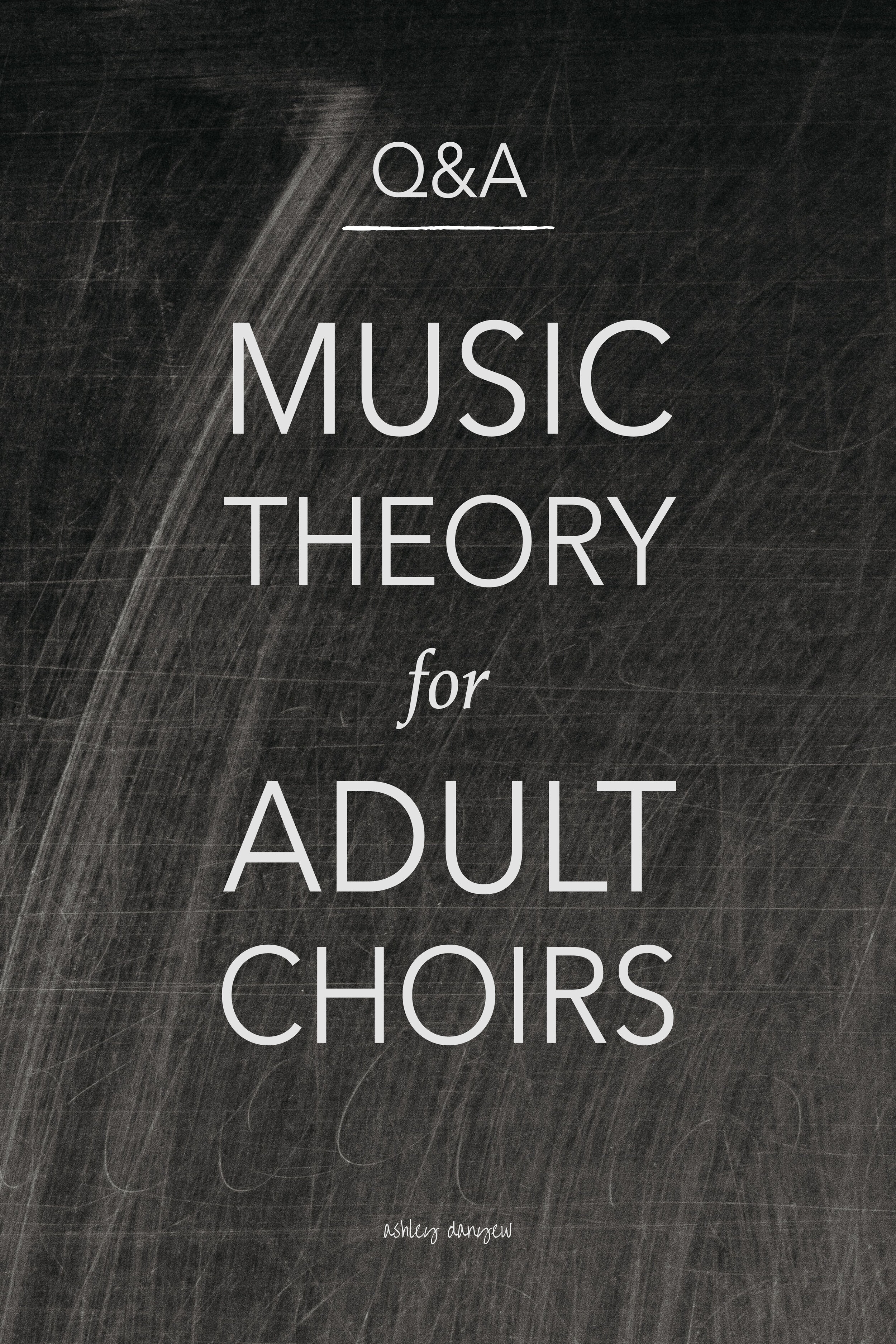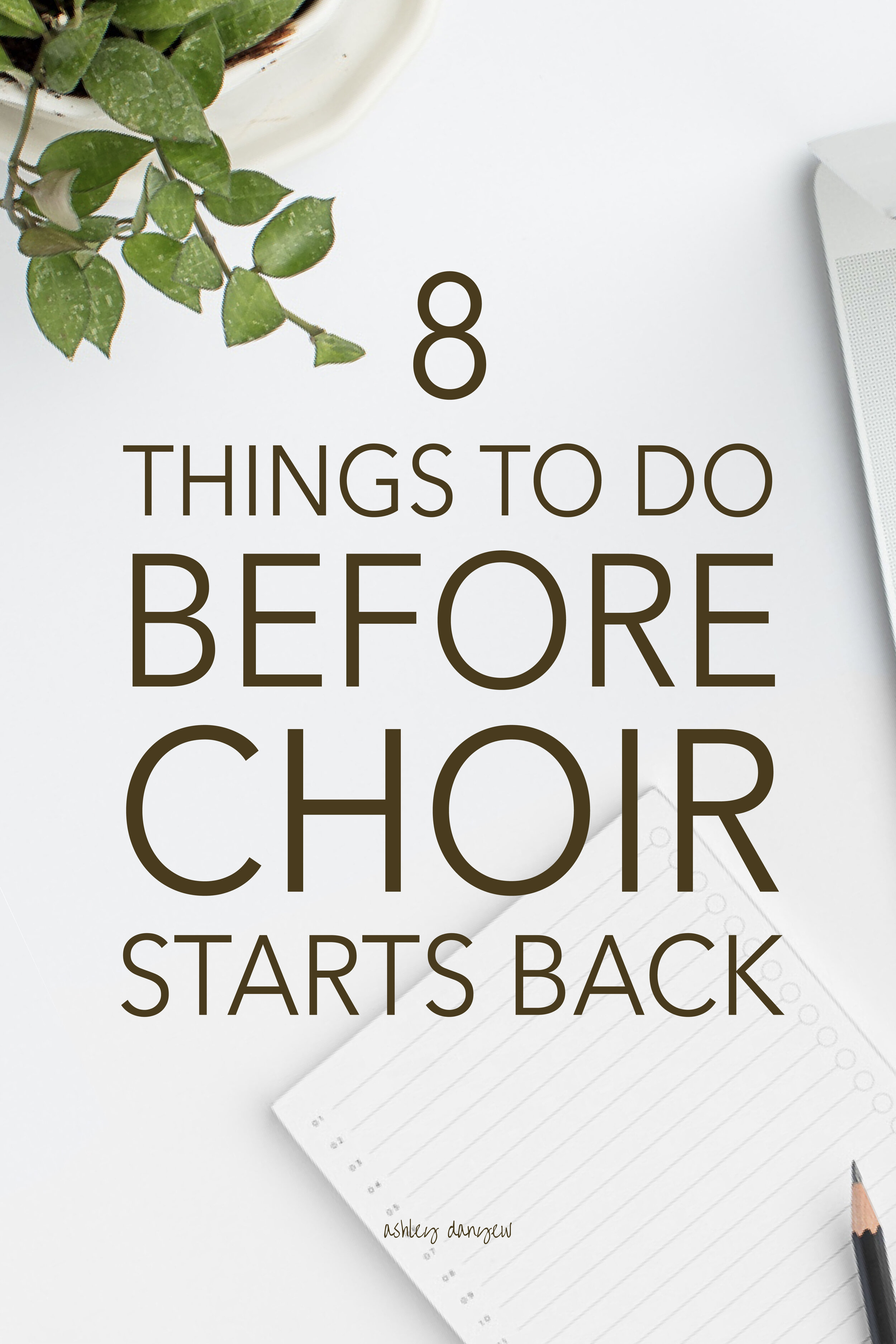Have you ever needed an instrumental piece for worship at the last minute?
If you've found yourself in this situation, then you know it can be complicated and time consuming to track down a piece that will work.
Because, after all, you're not just looking for any piece of music; you're looking for something that fits the theme of the day, is the right length, is in the right key, is manageable enough to put together the morning of, and is easily accessible (i.e. downloadable or something you already own).
As someone who's been in this situation many times, I've come up with a quick and easy solution: creating instrumental arrangements from music I already have (choral octavos, solo piano music, hymn harmonizations, vocal collections, etc.).
A note about copyright:
If the original music is copyrighted, you must obtain permission to arrange and play it in any other way than it was originally composed. This includes but is not limited to: adding a part, playing a vocal line on an instrument, making a cut, changing melodic lines (even just displacing the octave), etc. Often, this is not as long and complicated of a process as one might think. If you do not intend to sell or publish your arrangement, the process of requesting permission may entail only a quick email or phone call to the copyright holder.
If your church has a CCLI license, you may arrange, print, and copy your own vocal or instrumental arrangements of songs (in the CCLI database) for congregational use.
Of course, if the original music is in the public domain, you're free to start creating!
Here are a few ideas to help get you started:
10 Ways to Create Your Own Instrumental Arrangements
1. Choose a few choral octavos from your library.
Think of anthems that have great melodies and programmatic titles (or familiar tunes) that will match the theme of the day. Look up contact info for the publisher/copyright holder and make a quick phone call with your arrangement request.
2. Pull a few pieces from vocal collections you have on hand.
Often, these pieces are already "arranged" (see no. 5 below) with piano interludes and places for the soloist to drop out. Check the copyright and ask permission, if needed.
3. Look for vocal music in the public domain.
There are lots of (printable!) sacred music selections for high, medium, and low voice. Start with a quick search on IMSLP. Vocal music works great for lyrical wind instruments like saxophone, flute, clarinet, or oboe, or string instruments. Here are a few examples:
Ave Maria (Schubert or Bach-Gounod)
Panis Angelicus (Franck) – optional duet with piano accompaniment
Sometimes I Feel Like a Motherless Child (arr. Burleigh)
Were You There (arr. Stith in a collection called “13 Alternate Hymn Harmonizations”)
4. Go through your solo piano music.
Look for Christmas carol or hymn arrangements, lyrical melodic lines, and interesting settings of familiar tunes. Often, the melody is woven into the right hand and is easy to pull out for a solo instrument (with permission, mind you). Double the melody in another octave or leave it out when the instrumentalist is playing.
5. Keep the range of the instrument in mind.
Remember, you may use only part of the anthem or vocal piece, so for now, as long as most of it is in a good key, don't worry about key changes that happen right at the end.
6. Don't forget about your hymnal.
If you're feeling extra creative, there are lots of hymns (numerous in the public domain!) that lend themselves to easy, last-minute arrangements. Consider using hymn harmonization books (with permission) and think about ways to vary each verse to keep it interesting.
Have a high school trumpet player in your congregation? Have them play the melody on the introduction of a hymn such as "Joy to the World" or double the soprano descant on the last verse of a hymn such as "Holy, Holy, Holy." Better yet, choose a hymn with a great tenor line and make that the descant for the last verse.
Here are a few public domain hymns well-suited for instrumental arrangements:
Amazing Grace
Be Still and Know
Fairest Lord Jesus
I Surrender All
I Wonder As I Wander
In the Bleak Midwinter
It Is Well With My Soul
Joyful, Joyful
Let All Mortal Flesh Keep Silence
Of the Father's Love Begotten
And here are a few ready-made hymn arrangements in the public domain:
St. Theodulph [All Glory, Laud, and Honor] (arr. Stith)
Greensleeves [What Child Is This] (arr. Stith)
Adeste Fideles [O Come, All Ye Faithful] (arr. Vogel & Guérout) – cello/piano
O Waly Waly [The Gift of Love] (arr. Dyson or Sharp) – voice/harp, voice/piano
7. Think about instrumental music that might work.
What about an arrangement of "Largo" from Dvorak's Symphony No. 9? It's available as a free PDF printable for voice and piano or violin and piano on IMSLP.
8. Determine how long the piece should be.
Is it a prelude or postlude? Three to four minutes is probably a good length. Will it fall in the middle of the service? You might be able to get away with something in the 4-5 minute range. Does it need to be flexible in length, like something you might play for Communion? Plan a shorter version and a longer version (look for places to go back to and repeat, as needed).
9. Think about ways to "arrange" the piece.
Perhaps the instrumentalist will play the first verse, you'll play the second verse and you'll play together on the third verse, with one of you playing a descant line. Depending on the instrument, you may opt to have them play the melody down an octave and/or double one octave up with your right hand.
10. Make an instrumental part.
Once you have a piece and a plan in place to present it in worship, use a music notation software to create an instrumental part (Finale NotePad is free and works great in a pinch!). Add in dynamics, phrase markings, optional repeats, etc.
I’d love to hear from you:
Have other creative ideas? Please share them in the comments—I'd love to hear!






































